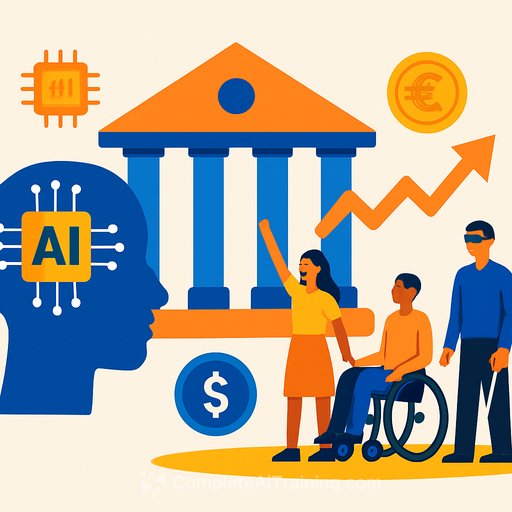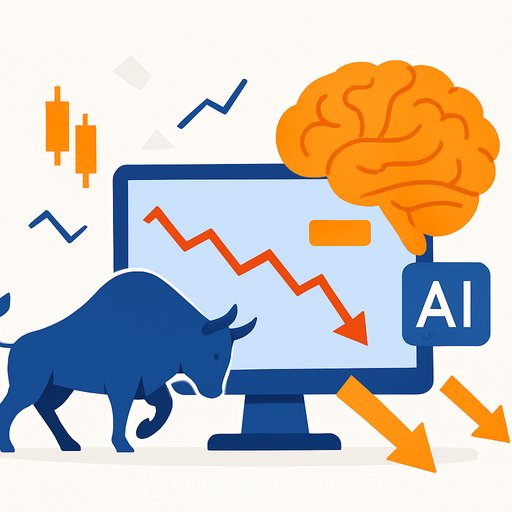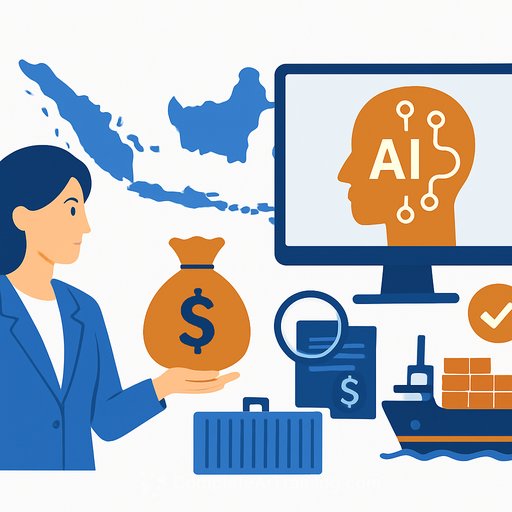Why Banks Should Use AI to Serve Beyond the Affluent and Build an Inclusive Financial System
Artificial intelligence has moved beyond buzzwords and is now integral to modern finance. It influences how money flows and decisions are made through rapid trading, personalized wealth management, algorithmic credit scoring, and automation of back-office operations. These advances help financial institutions cut costs and deliver more value to their clients.
However, these benefits largely serve those already within the banking system, leaving over one billion people without access to formal financial services. A credit gap of $5.2 trillion blocks small businesses in emerging markets from growing, keeping financial inclusion out of reach for many individuals and enterprises.
AI and Web 3.0: Tools for Expanding Access
Combining AI with Web 3.0 technologies could extend financial access to unbanked and underbanked populations—but only if inclusion is prioritized from the start. Financial institutions need to deploy AI to better assess borrowers’ intent to repay and use alternative data to provide collateral-free credit where it’s most needed. Collaboration across sectors is critical instead of pursuing disruption alone.
Examples already exist: startups in Kenya, Indonesia, and Brazil analyze mobile usage and merchant transactions to offer microloans and insurance to customers overlooked by traditional banks. In India, AI-powered multilingual chatbots break down language barriers. Latin American fintechs use AI to reach millions, delivering financial services at scale.
But apps alone won’t close the inclusion gap. Policymakers must implement frameworks that embed equity and access into financial infrastructure. Building global systems where inclusion is standard requires years of coordination, policy alignment, and trust between public and private sectors.
Rethinking Collateral and Creditworthiness
Traditional lending relies heavily on collateral, excluding millions without assets or savings from accessing credit. While banks currently use AI mainly to improve efficiency, the greater opportunity lies in using AI to develop behavioral models that act as proxies for collateral and assess creditworthiness more fairly.
This approach can open financial doors to those left behind. Achieving lasting change demands collective effort from multiple stakeholders working toward shared goals. Such collaboration helps overcome resistance, manage challenges, and maintain momentum for real progress.
Building Trustworthy and Transparent AI Systems
AI in finance comes with risks: opaque algorithms, biases that can amplify risk, and complex systems that are difficult to audit. To foster inclusion, AI must be transparent and understandable to regulators. Institutions must be accountable, with rigorous bias testing, human oversight, and clear processes to appeal major decisions.
Trust is essential. Without it, liquidity dries up, credit markets freeze, and economic growth suffers.
The Future: AI, Digital Tokens, and Quantum Systems
Emerging technologies like AI, digital token networks, and quantum information systems promise to reshape global financial inclusion. Digital tokens can enable borderless, low-cost transactions by tokenizing assets, reducing dependency on traditional infrastructure. Quantum tech will boost cybersecurity and streamline digital identity verification, payments, and smart contracts.
Together, these advancements can create a financial infrastructure that is safe, affordable, and accessible to everyone, regardless of location, language skills, or economic standing. Embedding inclusion into this infrastructure offers a real chance to build a financial system that serves all eight billion people globally.
Your membership also unlocks:






